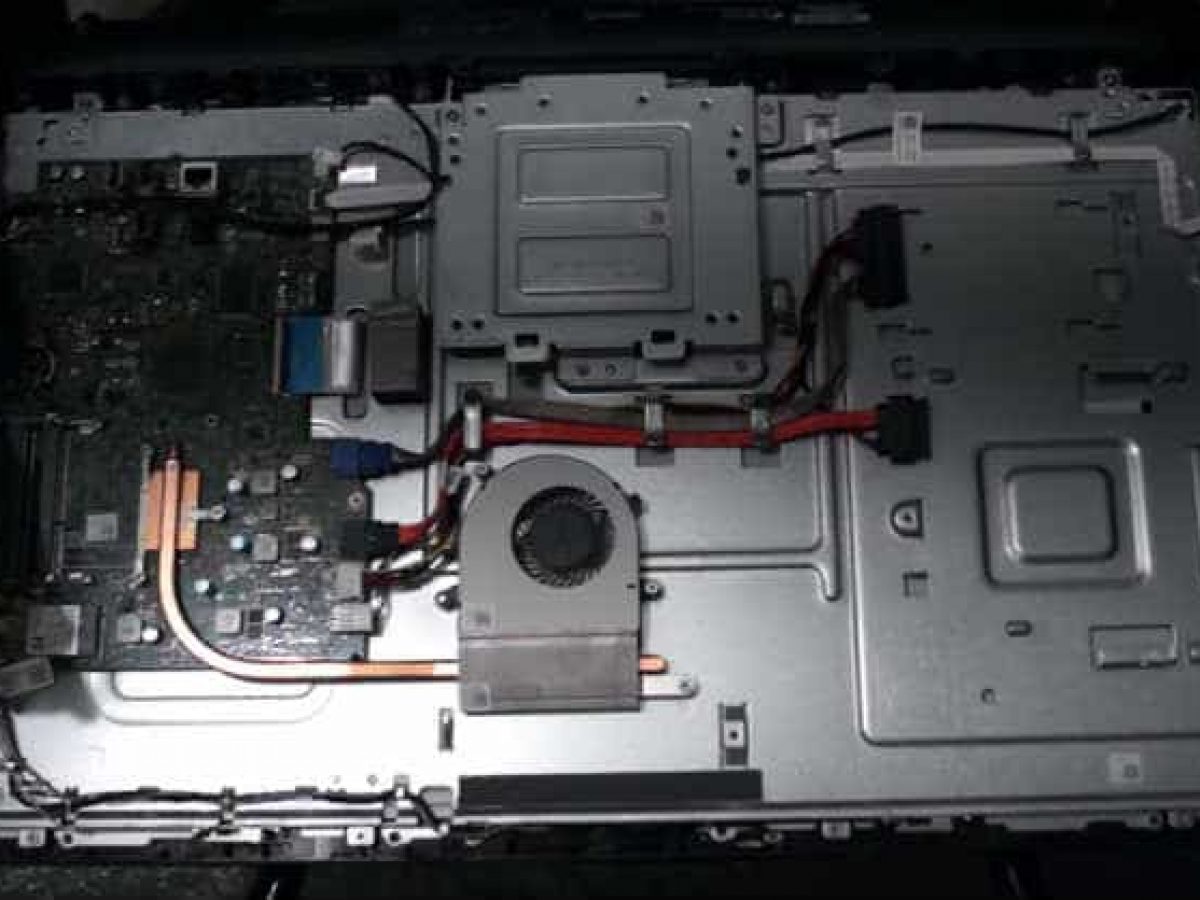
I removed the M.2 SATA SSD, put it in a USB caddy mounted the EFI partition using DISKPART and in the Dell bios recovery folder I can see two files, BIOS_CUR.RCV and BIOS_PRE.rcv. It simply does not seem to access the USB drive (or if it does it doesn like what is on there). I even tried the output of the /writehdrfile command. I have tried different USB Pens, different USB ports, Formatting with FAT and FAT32, 2GB partition size, 64MB partition size, removed the BIOS battery. downloading the bios EXE file from the website, renaming it to BIOS_IMG.rcv putting it on a USB pen and holding down CTRL + ESC in an attempt to boot in to bios recovery mode but no dice. Apparently this means SBIOS Flash Corruption. Step 2: Again, press F9 to load default settings and then press the ESC key to exit BIOS.

If you’re using a Bluetooth/wireless/USB keyboard with your Dell laptop, it’s a good idea to use the built-in keyboard to run the shortcut. When you press the power button to boot the PC, the light should be green and remain green. Step 1: Restart your laptop and when you see the Dell logo, press F2 or F12 keys several times until the Entering Setup screen appears. Execute the following keyboard shortcut on your system and the battery indicator will only light up when it’s supposed to. Most newer models of Dell computers now have a diagnostic LED surrounding the power button on the from of the computer.

The power button does 3 amber flashes pauses then does another 6 amber flashes. Use the Dell power button lights to help diagnose problems with your Dell computer, such as a failing hard drive or a bad motherboard. The day before last my wife called me to say her PC, an Inspiron 5477 AIO purchase in 2018, would not come out of sleep and she wasnt lying!! The PC simply would not start.


 0 kommentar(er)
0 kommentar(er)
